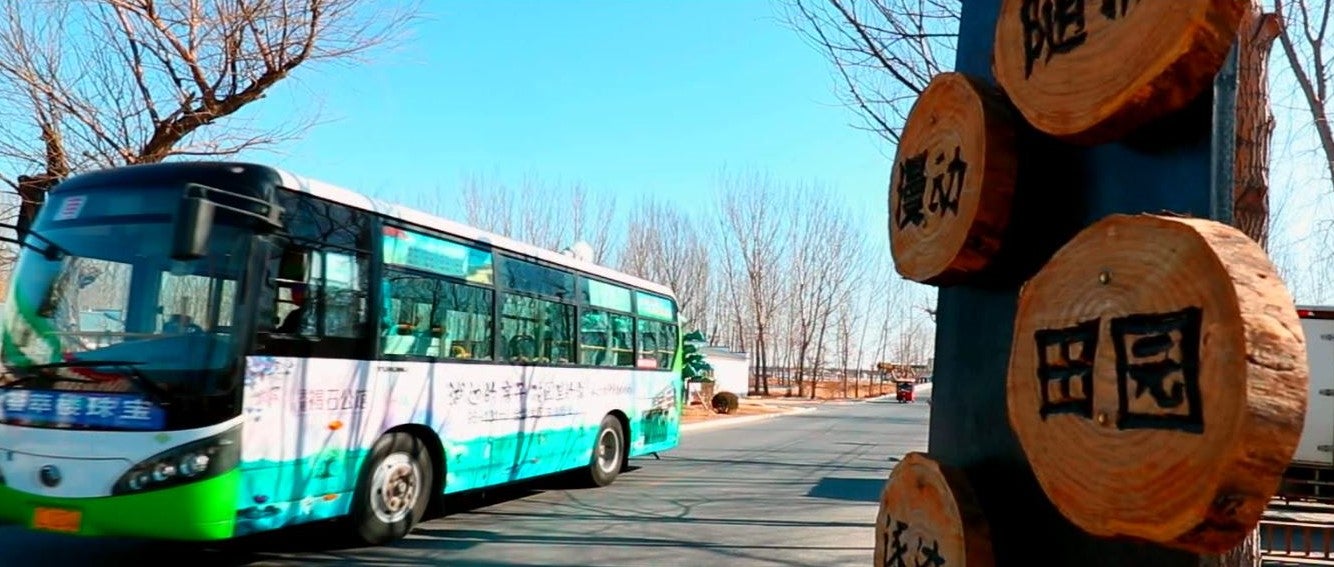 城市公交线路延伸至农村。摄影:孙福明(音译)/ 盘锦市公共交通有限公司
城市公交线路延伸至农村。摄影:孙福明(音译)/ 盘锦市公共交通有限公司
Globally, transport emits 23% of all energy-related greenhouse gases (GHG) while urban transport accounts for up to 60% of urban GHG emissions. By following green mobility principles in public urban transport development and management, we can potentially reduce GHG emissions at scale. A pilot in Panjin Municipality, China provides a strong evidence base of how this can be replicated in other cities and countries and serves as a model to realize green mobility for medium-sized cities in China.
Panjin Municipality has a population of around 1.4 million situated in Liaoning Province in Northeast China. With the local government's ambitions on urban development to focus on urban public transport and green mobility and with World Bank funding, the local bus company replaced all existing old diesel engine buses with 60 gas-fueled buses and 80 hybrid fuel buses with low emissions and comfortable riding experiences. Every year, the new buses can bring a direct reduction of 2,136 tons of fuel consumption, which leads to 1,336 tons of CO2 emission depletion.
More new buses also improve connectivity and optimize bus routes, making people more willing to take public buses. Survey and big data show that five bus lines with new buses have on average increased passenger volume by 30%, with one line increasing by 50%. Daily ridership has increased by nearly 150,000 people, and this has also raised the revenue and improved the financial viability of the bus company. Residents living in the core urban area can access public transport systems within a walking distance of no more than 500 meters. Survey shows that over 98% of bus riders are highly satisfied with the new buses and their services.
Two new bus depots accommodating 390 buses were also funded by the project, helping enhance their safety through improved maintenance. Bus operation is also improved through newly installed electric piles to charge 80 hybrid buses. With time-of-use electricity tariffs, buses are charged during off-peak periods with valley or flat tariffs only 30% or 50% of the peak respectively, resulting in significant cost and energy savings. It is estimated that operating costs on fuels were reduced by 5.5 million RMB (US$0.8 million) per year. Maintenance costs are also reduced to less mechanical parts with electrical vehicles and less labor required.
Customized bus routing addresses the varied mobility needs of residents beyond commuting to work, including sightseeing, shopping, festival celebrations, and group tours. Urban bus services have also been extended to rural areas, allowing more rural people to share the benefits of improved urban infrastructure. Currently, 18 regular bus lines link around 200,000 people in villages to core urban areas. In the future, more lines will be serviceable for better urban-rural integration; more shuttle bus lines within the residential quarters will be operational, so that more people will readily access green, convenient, and rapid urban transit system.
New technologies were critical to optimize public transport. Big data are used for OD (origin-destination) analysis and riding modality, while the Internet can establish a real-time connection between passengers and the bus company to optimize bus dispatching. Apps on smart devices provide user-friendly interfaces for e-ticketing, itinerary planning, information inquiries, bus locating, which have effectively addressed the dissatisfaction due to the long hours of waiting.
Recently, more than 20 million RMB of green fund has been granted by the central government to recognize and further support this successful initiative. The municipality is leveraging more funds to build urban public transport into smarter, more inclusive, and more sustainable infrastructure. This project will continue to serve as an example for other cities in China and around the world.
- Subscribe to our Sustainable Cities and Communities newsletter
- Follow @WBG_Cities on Twitter

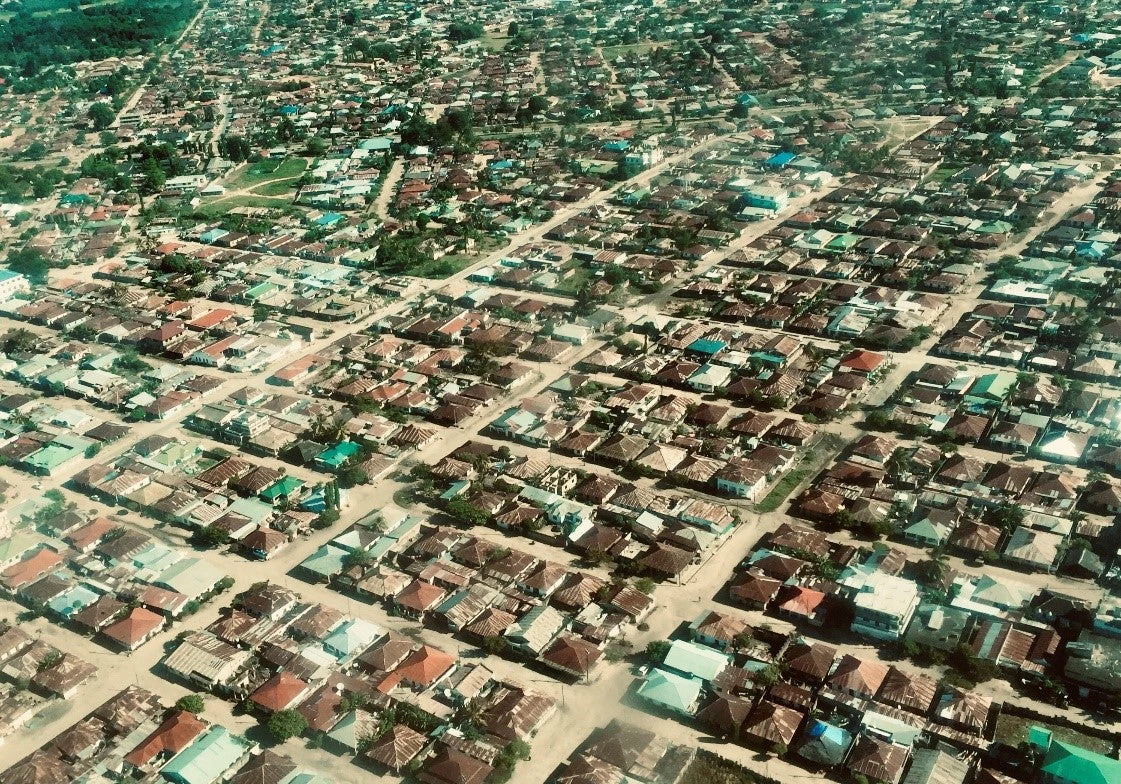
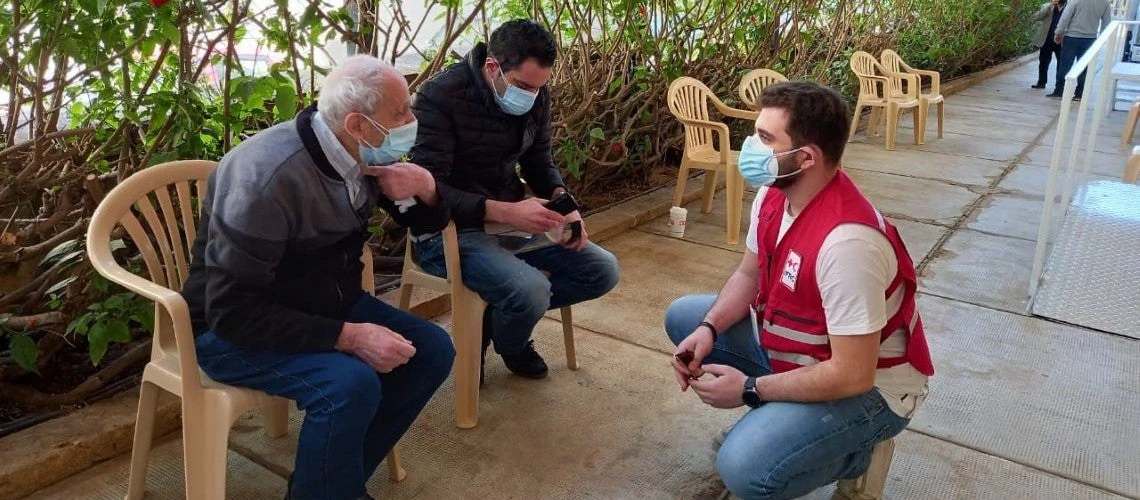
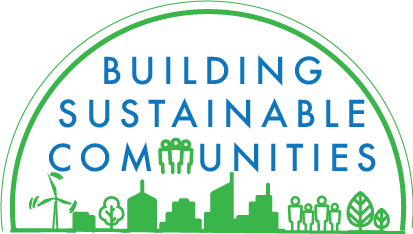
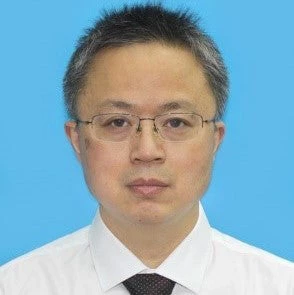
Join the Conversation